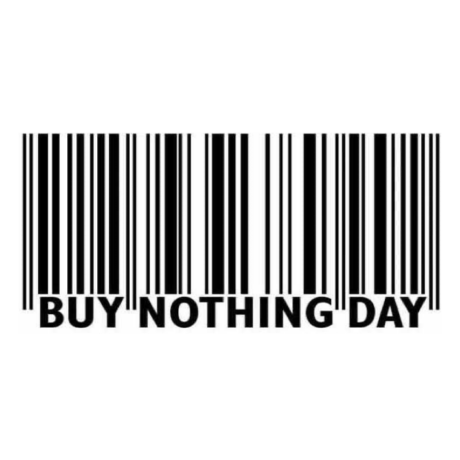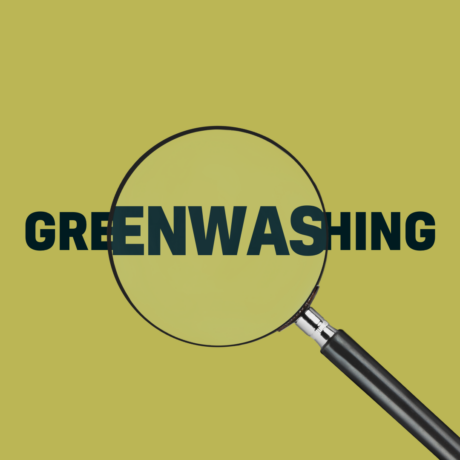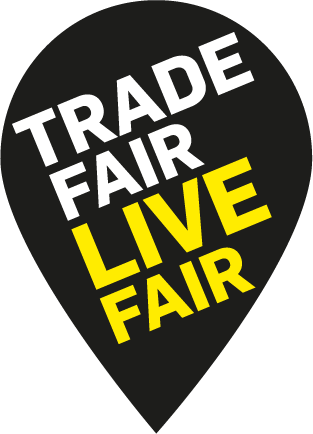Branded
Yesterday, the owner of the Rana Plaza factory complex and 41 other individuals were charged with murder.
In the hope that the justice system in Bangladesh will actually implement real punishment (and not succumb to internal corruption to invalidate the charges) and that the culprits will actually adequately pay for their crimes, the Twitter world has gone crazy in advocating real justice for the perpetrators, the offending big brands and even the consumers, highlighting that we are all somehow complicit in the bloodbath that was the Rana Plaza catastrophe in 2013.
Without wanting to take anything away from this eloquent and forward thinking conversation, the truth is that the big brands and the corporations are only one facet of the problem, and the reality is that there is another, unspoken abyss of so called ‘white labels’ selling unbranded clothes and accessories in vast quantities to smaller online retailers, to shops, to market stalls and even reputable fashion brands and boutiques all over the world.
These ‘white label’ sales are orchestrated by middlemen, tertiaries and distributors that are faceless, but who still peddle in misery, taking advantage of an unregulated system where the lack of transparency allows them to make massive profits and benefit from a convoluted and complicated supply chain that doesn’t safeguard workers and the environment, because there are no rules.
It goes two ways: just as the big brands cannot publish in full their supply chain contractors (and sub contractors) beyond first tier, mass producers have no way of knowing who they are selling to.
Many factory owners and brokers are unspeakably wealthy, have their own brands, often several, and many of their associates and partners operate also outside of the big brands by selling almost identical products to another invisible supply chain that we know nothing about because it is not branded, it is not part of the world of corporations and big brands, but it is nevertheless thriving.
To implement real justice, we need to understand that the issues are way more complicated than what we have been told so far, and that there are other culprits out there, who have been an intrinsic part in creating a system which is hell bent on exploitation and degradation.
For many years I was a designer with my own fashion label, and as such it was assumed that I would have the need to produce garments. I still receive dozens of emails from brokers and distributors, advertising the benefits of making cheap, high quality products through factories that I would never need to have a direct relationship with because they (the brokers and distributors) would look after it on my behalf.
I was, I still am, quite shamelessly, offered services that imply that I could grow my business rapidly, buying on trend, untraceable products, (onto which I could then apply my own label) to maximise my own profits. These emails come from companies operating from China, Bangladesh, Cambodia and Vietnam.
Premium brands, outlet stores and luxury boutiques are also taking advantage of this distribution stream, relying on the fact that their customer is no longer capable to discern a truly beautifully made piece from any old crap. This is even more sinister, as those brands and boutiques are able to achieve massive margins on a product that has cost them next to nothing.
How do we expose the fact that everybody is taking advantage of this rotten system badly in need of reform?
Of course major brands need to be accountable, and murder and ecocide are the correct words to be used to describe this scenario, but the fact is that we aren’t exposing the whole truth, because the whole truth goes deeper than anywhere we have reached so far.
The sad oxymoron of this industry right now is that the most scrutinised brands are also the ones that are investing the money and resources to actually begin to implement innovation (after all, they have a vested interest in innovating and saving their reputation), but for the health of this industry, we mustn’t stop at the big brands, but continue to question the industry and ensure that we take a much deeper look, at how we buy, who we buy from, why we continue to buy so much, and what are the real solutions to implement a positive change.
By the sheer power of their consumer visibility, the big brands and corporations should be held as an example (as I hope the owner of the Rana Plaza and his corrupt associates will be) but to put the blame solely on the household names doesn’t actually give a clear picture of the state of the industry as a whole.
What we are doing right now is to vilify a few, without exposing the rest of the problem, effectively ignoring a whole load of other actors, who are as culpable, but completely escaping our judgement.
We are letting them off scot-free.
Sure, it’s the obvious starting point, but by flagging the usual suspects we are giving them the opportunity to inject money, employ experts, and greenwash their operations, without exposing the system that has allowed them and so many others to behave abominably, outside of our scrutiny, just because we are less familiar with their names.
We need to keep advocating for governments to impose regulations, because voluntary codes of conduct are clearly not sufficient: it is only with the correct implementation of decent humane and environmental standards that we can change the fashion industry, and start to ameliorate this awful mess.








